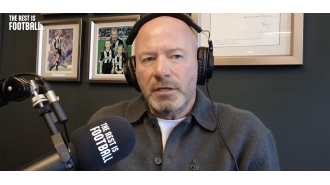What Was, What Is, and What Will Be
A friend shared this book and blog with me called Vanishing New York. Both chronicle the loss of the culture and institutions that made NYC a magical place to live in the 70s, 80s, and 90s.
Certainly rising rents, rising wealth, a rising proportion of apartments owned by people who don’t live here, and all in all, a major bout of affluenza is afflicting Manhattan and possibly greater NYC right now.
But I personally struggle with sentimentality and wistfulness. Yes, the NYC that I fell in love the in the early 80s is no more, replaced by something that is much harder to sing the praises of.
But what interests me more is not what was or even what is, but what will be?
Where is NYC heading?
How will it manage it’s transportation crisis?
How will it cope with rising sea levels?
How will it deal with entire blocks of empty store fronts, brought on by the rise of ecommerce and landlords who won’t accept that their space is no longer worth what it once was?
I loved this Atlantic piece that suggested NYC should reimagine it’s massive array of subway tunnels as the underground highways for autonomous vehicles. I have no idea if that is a good idea or even feasible. But I love the ingenuity and thinking the author displays.
The Gotham Gal and I are making an apartment building in Brooklyn that is heated and cooled by solar power and has enough left over that we can sell it to the deregulating energy markets in New York State. We hope to make a few more of these buildings and maybe we will inspire other developers to do the same.
I am drawn to the vitality of life in the outer boroughs where the melting pot vibe still pulses through the neighborhoods. Of course, gentrification can and will mess them up the same way it has messed up Manhattan if we aren’t careful. But we still have time to implement policies that can mitigate the negative aspects of gentrification.
My point is this.
We can, and probably should, bear witness to what has become of NYC and what we have lost in the process.
But we must also be working on, investing in, and imaging what NYC (and life in general) can and will become.
Change is the only constant. Fighting it is a losing proposition. Shaping it is the winning one.






